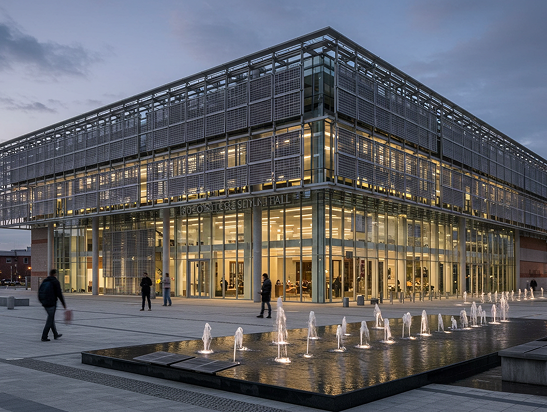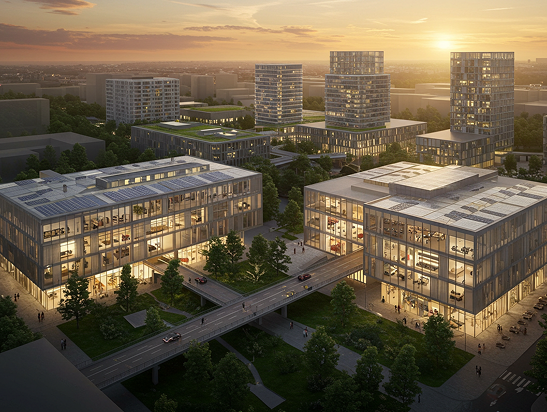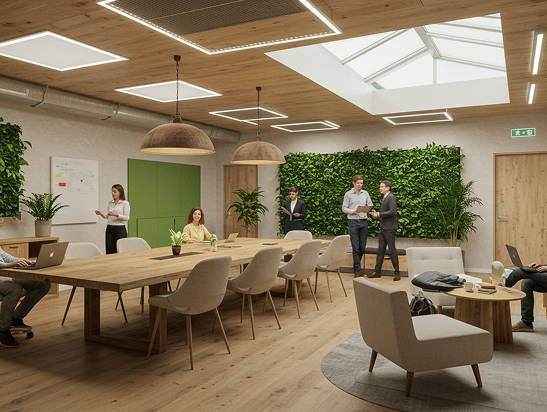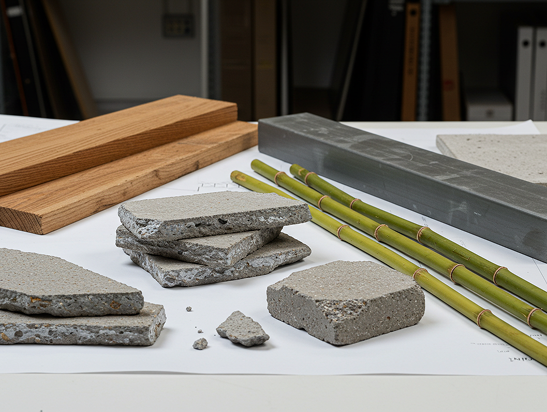Adaptive Reuse: Giving Old Buildings New Life

By Verda Architecture
Across cities around the world, a quiet revolution is taking shape — one that values heritage, resourcefulness, and sustainability. Rather than demolishing the old to make way for the new, architects are finding innovative ways to revitalize existing structures, transforming them into vibrant, efficient spaces for modern use.
This is the essence of adaptive reuse — the art of giving buildings a second life.
1. The Beauty of What Already Exists
Every existing building carries history — layers of craftsmanship, culture, and memory. Adaptive reuse celebrates that heritage while reimagining it for today’s needs.
Instead of sending tons of material waste to landfills, adaptive projects preserve embodied carbon and drastically cut construction emissions. The greenest building, after all, is often the one that already exists.
At Verda Architecture, we see this as an opportunity to blend legacy and innovation — keeping the soul of a space intact while integrating cutting-edge technology and sustainable systems.
2. Design Meets Sustainability
Adaptive reuse is not simply restoration; it’s reinvention.
A defunct factory becomes a creative office.
An old school transforms into community housing.
A forgotten warehouse turns into an energy-efficient mixed-use complex.
By combining modern materials, renewable energy systems, and passive design strategies, we breathe new functionality into aging structures — turning the past into a foundation for the future.
3. Reducing Environmental Impact
Demolishing and rebuilding a structure can consume up to 50% more energy than renovating it. Adaptive reuse significantly lowers carbon footprints by:
- Reusing existing materials and infrastructure
- Minimizing demolition waste
- Preserving embodied energy
- Reducing transportation and manufacturing impacts
The result is architecture that’s sustainable in every dimension — economically, environmentally, and culturally.
4. Revitalizing Communities
Beyond the environmental benefits, adaptive reuse plays a crucial role in urban renewal. Restored buildings anchor neighborhoods, attract local businesses, and strengthen a city’s identity.
They connect generations — bridging what was with what can be.
By maintaining the character of our built environment, we foster a sense of continuity and belonging within rapidly changing cities.
5. The Verda Approach
At Verda Architecture, we approach adaptive reuse as both an act of preservation and a catalyst for innovation.
We evaluate each structure’s integrity, potential, and environmental footprint — integrating energy modelling, daylight optimization, and renewable power systems to make them truly future-ready.
From heritage buildings to industrial conversions, our goal is to create enduring spaces that tell new stories — responsibly.
Conclusion
Adaptive reuse is more than a design strategy — it’s a philosophy that respects time, place, and purpose. It reminds us that sustainability isn’t always about building new; sometimes, it’s about seeing the old with new eyes.
At Verda Architecture, we believe the most sustainable path forward often begins with what we already have — thoughtfully reimagined for generations to come. 🌿








